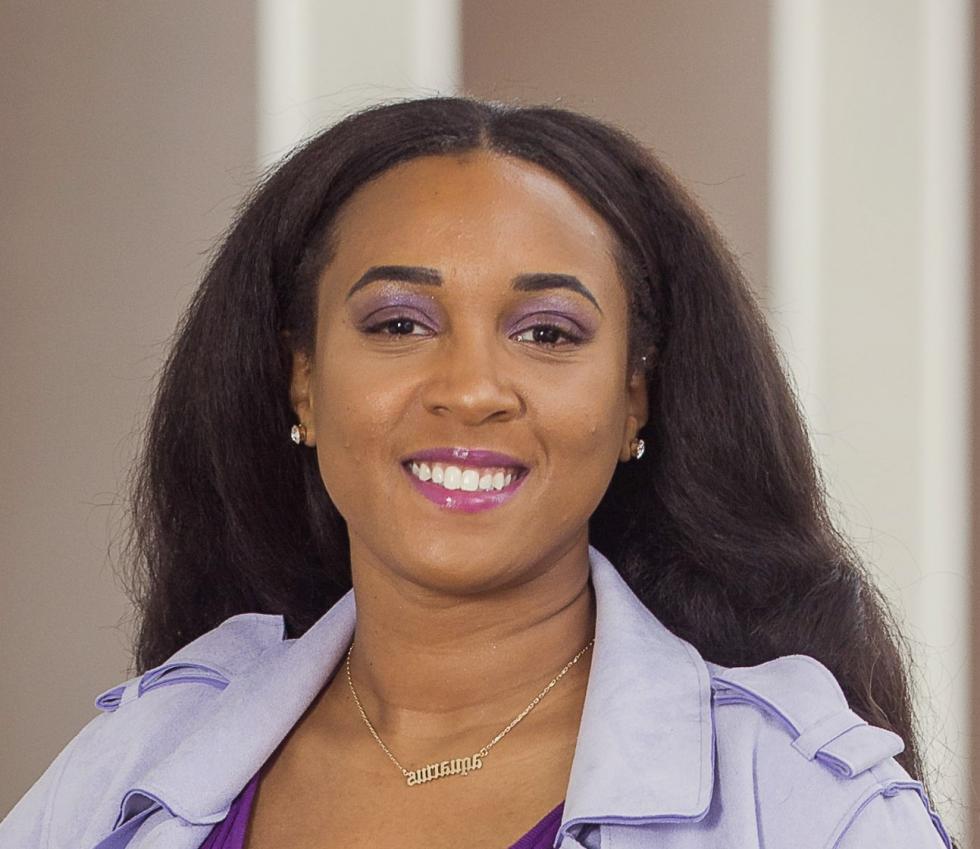Pursuing the Ph.D. – How to Get Your Research Published
An occasional series from the Doctoral Scholars Program on postsecondary topics
Publishing a journal article is a significant milestone for a Ph.D. student’s academic journey. It showcases your contributions to your respective field and acts as a validation of your research skills and expertise. The process of publishing can often seem overwhelming and time-consuming, but with the right approach, it can be a relatively smooth experience.
The significance of publishing a journal article cannot be overstated. Many universities make it a requirement for Ph.D. students to publish at least one first-authored article in a peer-reviewed journal before they can graduate. This publication acts as a “coming-out party” of sorts, where you, the student, can demonstrate your abilities and potential within the academic community. Publishing in high-impact journals can set your work apart from others and lend credibility to your research.
I entered graduate school with a good understanding of the research process but with no prior publication experience. However, with the guidance of my advisor, I was able to publish 11 articles, two of which were first-authored.
Here are some steps I recommend for a successful publication experience:
Read every day
My graduate advisor frequently told my research group that a day of reading could save a week’s worth of lab time. Often students are so eager to run an experiment that they enter research not fully prepared, clueless about what question they want to answer and why. This can lead to many mistakes in the lab, wasting energy and money. I read journal articles in my research area consistently and found it useful to make time for leisure reading as well. Taking a break from scientific journals gave me a different perspective on my research. I could think more clearly and recognize gaps that needed to be closed. Monthly I would have a “library day.” The library was a place for me to remove outside distractions and locate older publications that were unavailable online.
Conduct a literature search prior to formulating your research plan
While you are reading those hundreds of articles in your research area, identify gaps in the existing literature. Ask your advisor or lab mates questions to determine if there’s something you want to add to the existing literature or something unique to the literary works within your research group. Then ask well thought-out research questions and begin to shape your laboratory plans to address those questions. Sometimes those plans won’t work out in the lab — you might get poor results. If so, start the literature search again and see what needs improvement.
Submit progress reports in manuscript format
One of my professor’s requirements was for her students to submit monthly progress reports. While most students considered this just one more assignment piled onto our already full plates as graduate students, one student in my lab group, who was also a mentor, encouraged me to treat these progress reports as a means of getting our advisor to read a “draft” of a future manuscript. The professor rarely has time to read manuscripts in most Ph.D. programs, especially larger research groups. Progress reports are a way for them to begin thinking about your future manuscript and provide suggestions. The key was to submit the progress report in typical manuscript format. Eventually, those edited reports turned into a future draft of a publication.
Select a journal
When your manuscript is ready for submission (usually after many drafts), you must format the article for the journal you select. Formatting guidelines and instructions can be found on each journal’s website. In most cases, it is advisable to aim first for the journal with the highest impact factor. If the manuscript is not accepted, it can be submitted to lower-impact journals. If the manuscript is “accepted with minor revisions,” the journal reviewers will provide a date to return it. Sometimes these revisions include small formatting or editorial changes. Your manuscript might also be “conditionally accepted with major revisions,” in which case you may need to go back and conduct more research to address the reviewer’s concerns. During this process be patient and open to the reviewers’ suggestions. Typically, reviewers are well-established in your field and might become colleagues and mentors in your future career.
Celebrate every publication
Once your manuscript is accepted and ready to publish, celebrate with your close friends, family and lab mates. You could go to a nice dinner or lunch and enjoy the fruits of your hard work. This will mark the accomplishment and give you the rest you need to do it all over again.
These are the steps that I took toward publishing my research. My first-authored publications ended up as chapters for my dissertation, making the dissertation process a little easier. By following the steps outlined, you will be able to navigate the publishing process with more confidence and ease.
Pilanda Watkins-Curry, Ph.D., is Co-Founder and CTO for Olokun Minerals, a company developing a solution that diverts harmful saline drainage water away from ocean life and marine ecosystems, while also providing critical minerals and metals for various supply chains. She holds a B.S. in Chemistry from Spelman College, where she conducted four years of undergraduate research studying the cheminformatic properties of benzimidazoles as anti-cancer agents. She received her doctorate in Chemistry from Louisiana State University.
Dr. Watkins-Curry is a trained solid-state chemist. Her dissertation work focused on synthesizing rare earth intermetallics and studying their physical properties in condensed matter physical applications such as superconductivity. She also studied bio-ceramics synthesis and their use in tissue engineering applications. She worked for the Oil & Gas industry for about six years, where she has experience in lubricant manufacturing, finished lubricant formulation, and wax application development in adhesives, candles, and PVC. She is currently pursuing an M.S. in Law at Northwestern University with a focus on intellectual property. She is a native of Hampton, Virginia.


